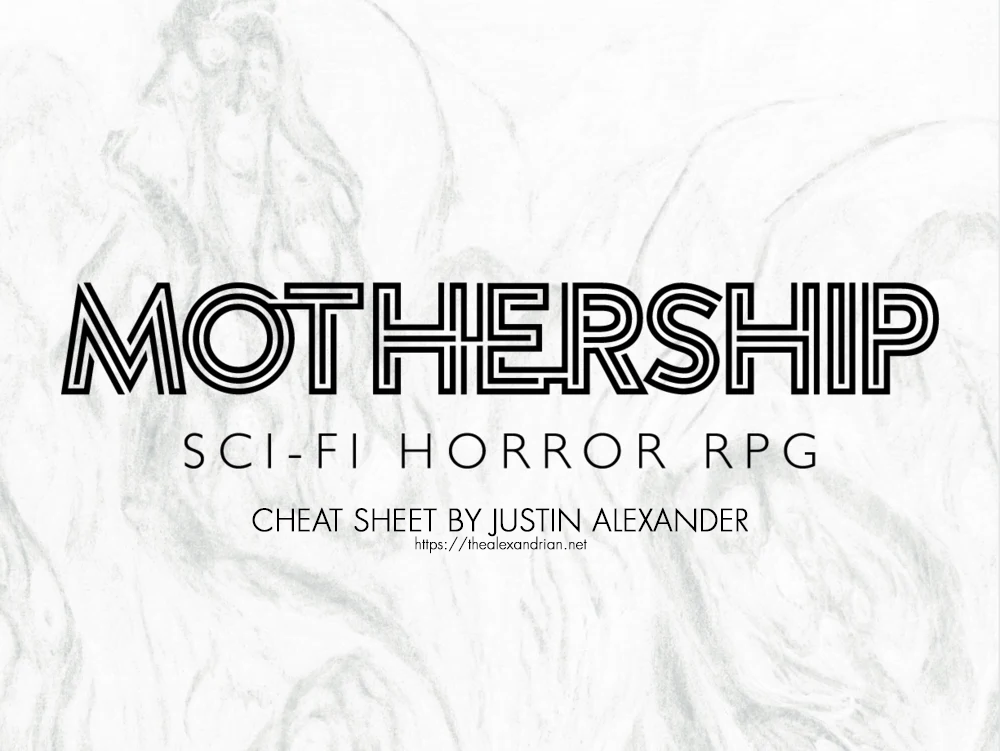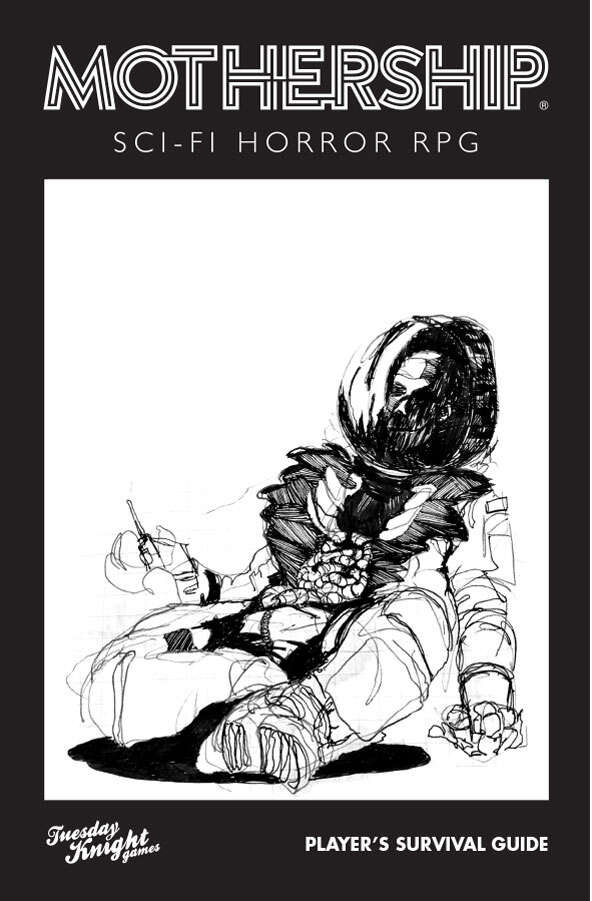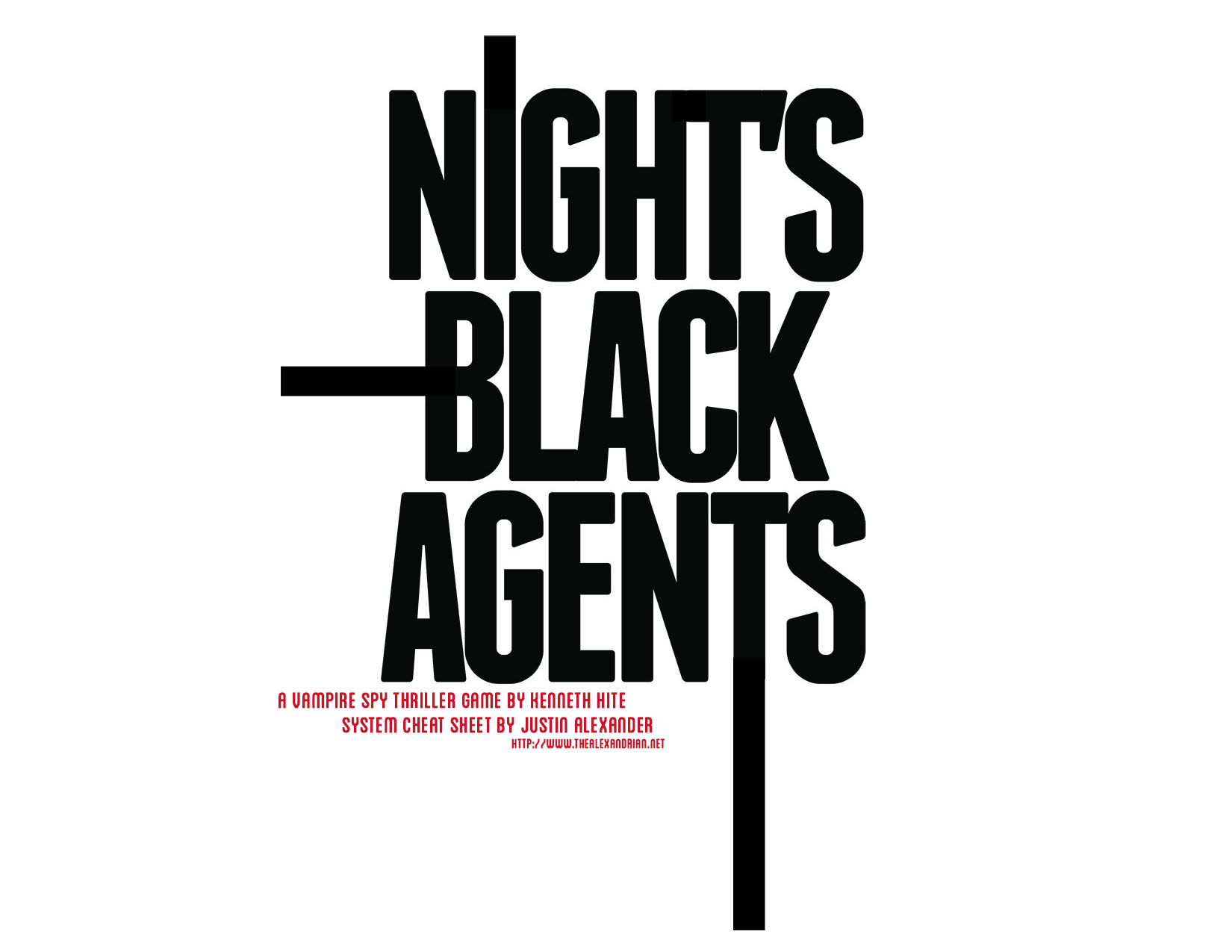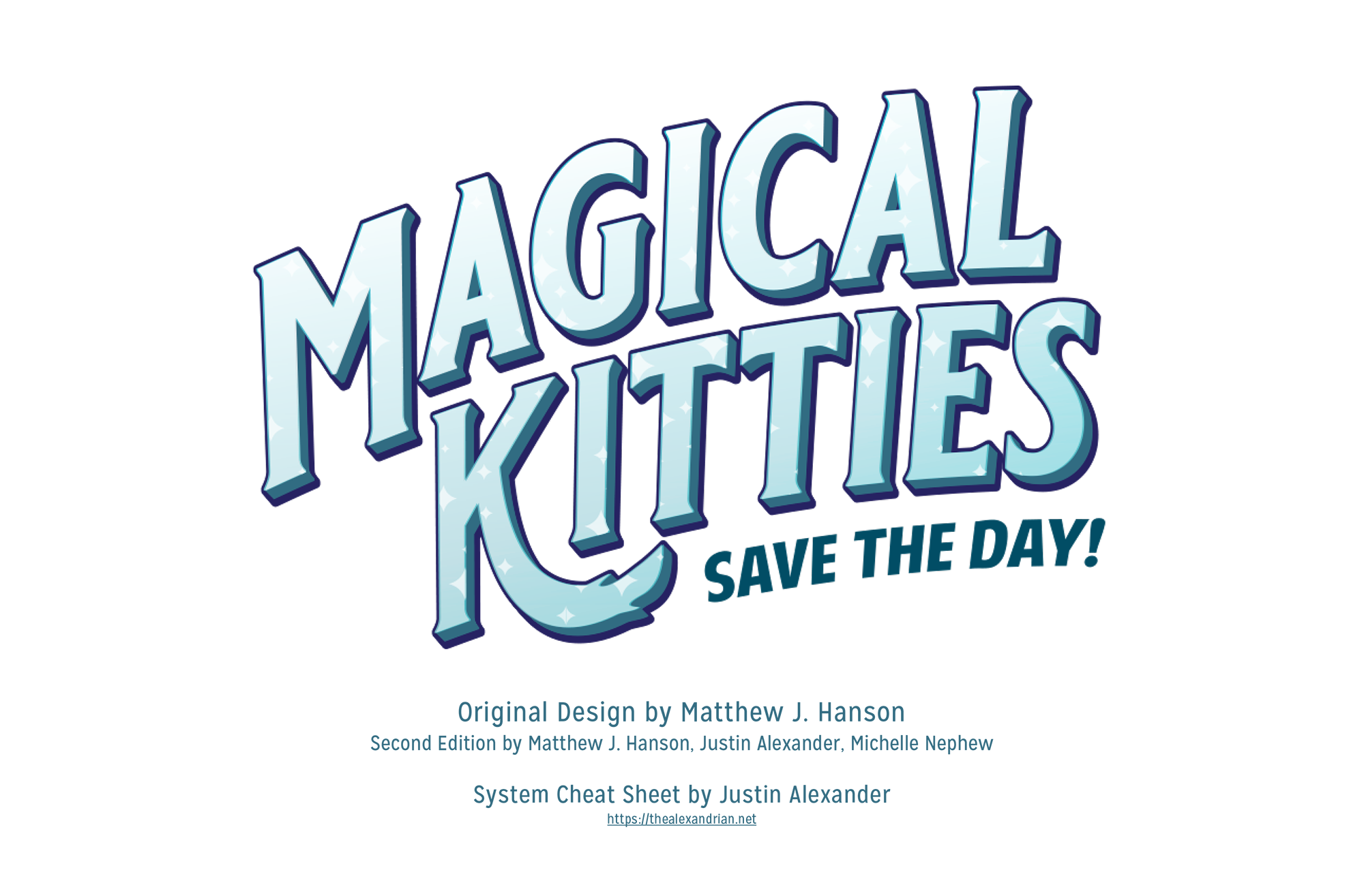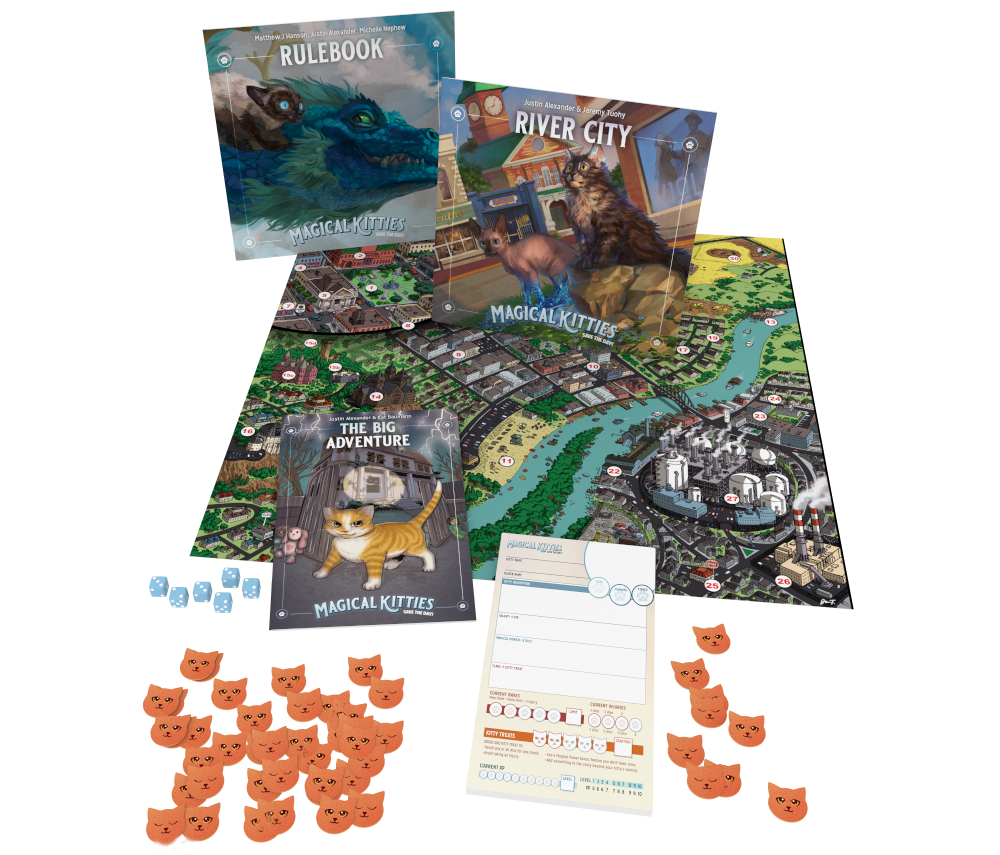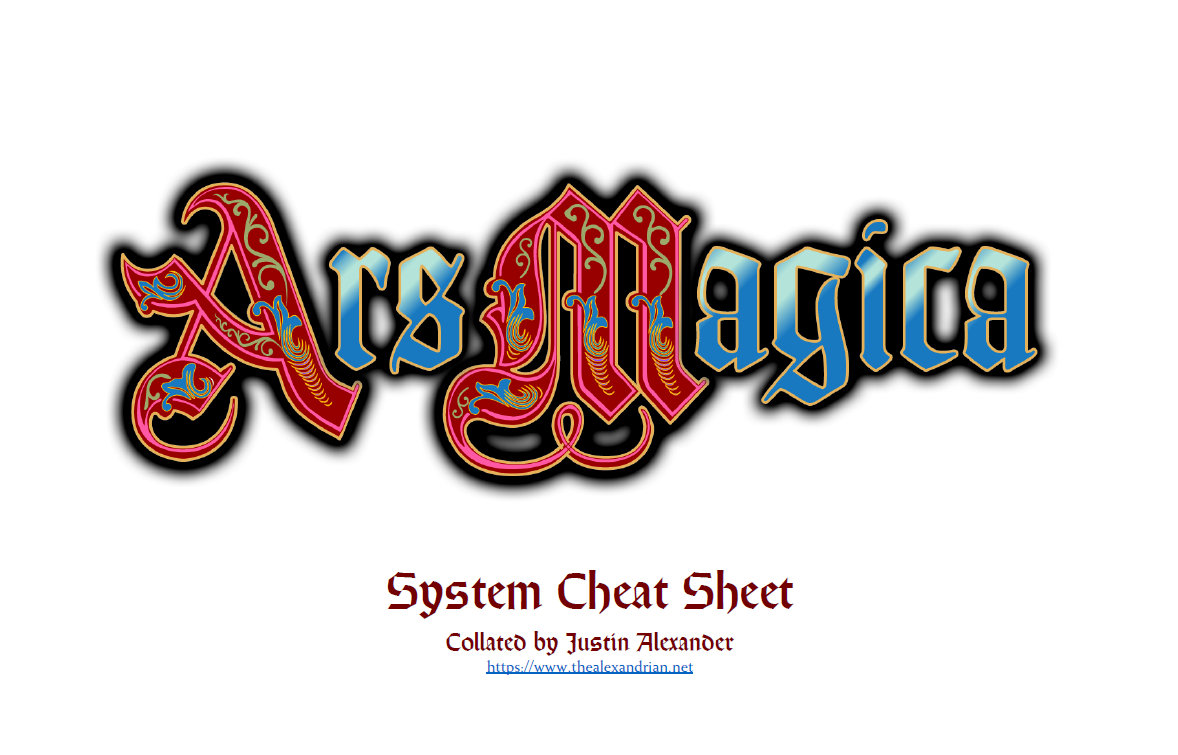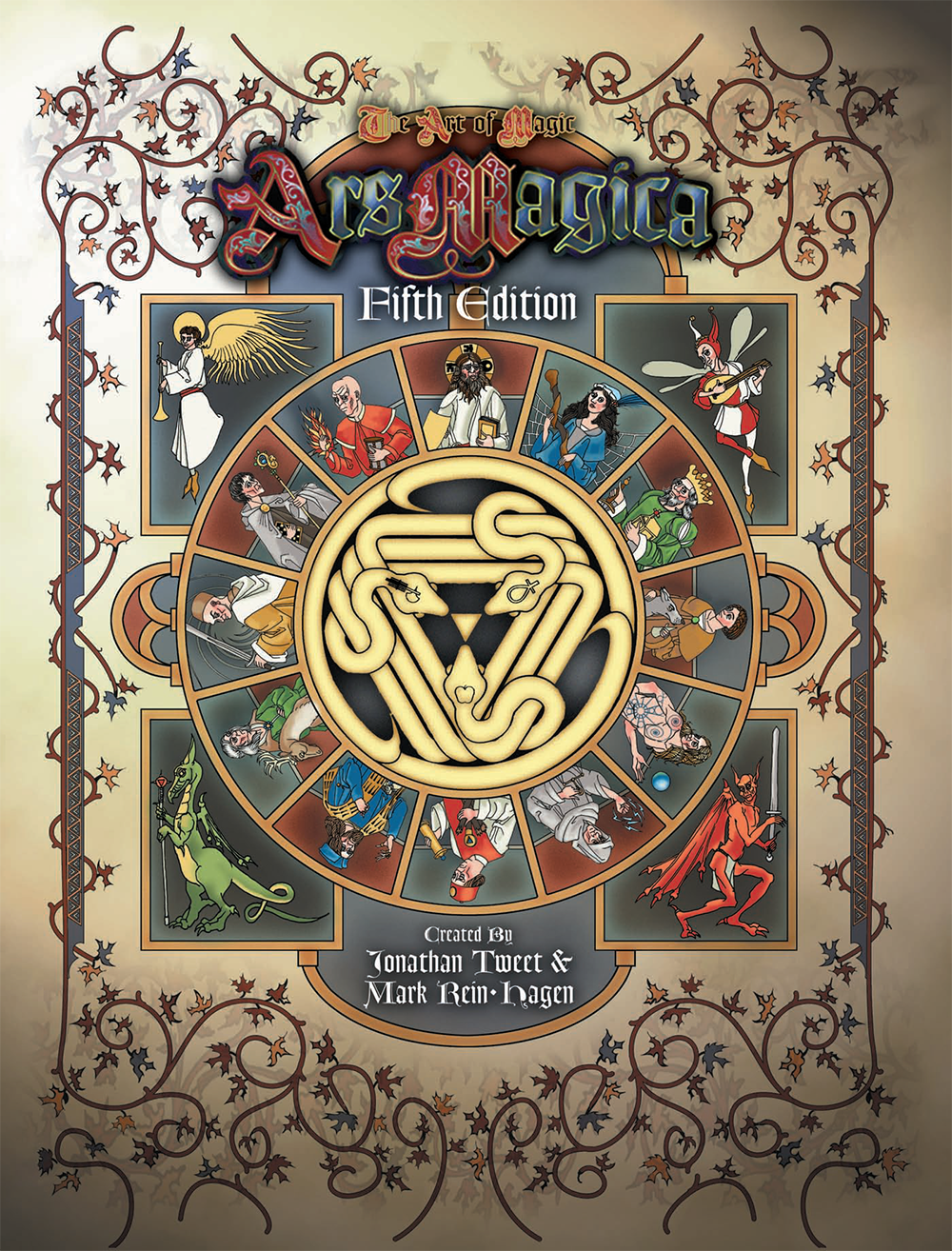Mothership is a sci-fi horror RPG. Think Alien, The Thing, Pitch Black, or Annihilation.
Its calling card is an old school approach wedded to red hot innovation:
- Blazing fast character creation.
- Brutal systems for Combat and Stress.
- Tons of sandbox support and tools in the Warden’s Operation Manual (the GM book).
- An overwhelming amount of adventure support, including both first party books and a deluge of third-party support.
This last point, in particular, convinced me to make Mothership the basis for my current open campaign. Not only is there a ton of adventure support, a lot of it is designed so that you can spend 15 minutes reading through it and — presto! — you’re ready to go. My expectation is that I’ll be able to rapidly build a stable of adventures that will easily let me run the game with minimal or no prep.
I previously shared an alpha version of this cheat sheet. I’ve made a number of corrections based on your feedback, added additional rules (notable the rules for spaceships), and refined the content and presentation to reflect usage at the table.
WHAT’S NOT INCLUDED
These cheat sheets are not designed to be a quick start packet: They’re designed to be a comprehensive reference for someone who has read the rulebook and will probably prove woefully inadequate if you try to learn the game from them. (On the other hand, they can definitely assist experienced players who are teaching the game to new players.)
The Mothership cheat sheet, in particular, works very well in conjunction with the GM screen(s) for the game, which are excellent. (There’s both a standard screen and a larger deluxe screen, which each come with the respective boxed sets.)
The cheat sheets also don’t include what I refer to as “character option chunks” (for reasons discussed here). In other words, you won’t find the rules for character creation here.
HOW I USE THEM
I usually keep a copy of the cheat sheet behind my GM screen for quick reference and also provide copies for all of the players. I have two copies of the Mothership rulebook at the table, too, but my goal is to summarize all of the rules for the game. This consolidation of information eliminates book look-ups: Finding something in a dozen pages is a much faster process than paging through hundreds of pages in the rulebook.
The organization of information onto each page of the cheat sheet should, hopefully, be fairly intuitive.
PAGE 1: Basic Mechanics and Violent encounters. (Most of the core game play loops are covered here.)
PAGE 2: Violent Encounters and the Threat System. (See below.)
PAGE 3: Survival. (Most of the miscellaneous rules in the game.)
PAGE 4: Ports & Medical Care. (Stuff to do in your downtime.)
PAGE 5: Ship Stats & Space Travel. (All the rules for operating ships except for ship-to-ship combat.)
PAGE 6: Ship Repairs & Contractors. (Not a big fan of these two sharing the same sheet, but they ended up being two half-pages without good companion pieces.)
PAGE 7: Ship-to-Ship Combat.
Having run character creation for Mothership a couple of times, the sheer speed at which it happens turns the limited number of rulebooks at the table into a significant choke point. I’m going to continue experimenting with how that should be handled, and probably trying to figure out which pages from the PDF need to be printed out to help everyone zip through. (I’ll report back when I know more.)
CRUXES
This cheat sheet has not quite reached its final form. There are still several elements I’m experimenting with. A few things to note:
First, these sheets include my personal house rules. With the exception of the Threat system (which I’ll discuss in a moment), these are marked in blue. Some of these are original rules, others overwrite the published rules. When I release the final version of the sheets, I may or may not do a version which is strictly the published rules of the game, but for now this is my working document and what I’m using at the table. If you want to strip these house rules out on your own, here’s a copy of the Microsoft Word file I used to create the cheat sheet so that you can easily edit it:
Mothership Cheat Sheet – Microsoft Word
Note that you’ll need to track down the relevant fonts.
Second, the sheet includes the Threat system, which I first discussed in Mothership – Thinking About Combat. Based on actual play, the system as presented here has received some refinement (and I’m still tinkering with it).
For the moment, this has also resulted in the “Violent Encounters” section of the cheat sheet appearing on both the first page (paired with Basic Mechanics) and the second page (where it appears with the Threat system for a complete combat reference). Partly this is because I’m still experimenting with the Threat system. Partly because I’m still trying to figure out the final layout of the sheets. And partly so that those not interested in the Threat system can simply remove that page of the cheat sheet and still have a fully functional packet.
I previously discussed an additional crux:
Androids & Oxygen: The rules state that androids don’t consume oxygen when life support systems fail, but there are separate rules for vacuums and toxic atmospheres (which require rebreathers or oxygen supplies). Should androids be affected by exposure to vacuum or toxic atmospheres? My ruling is No.
I have not included a resolution to this particular conundrum on the sheet. In my personal campaign, we’ve been developing a wide variety of androids and I’m still figuring out if different types will have different features and, if so, how they interact with things like the Atmospheres rules and hyperspace travel.
MAKING A GM SCREEN
These cheat sheets can also be used in conjunction with a modular, landscape-oriented GM screen (like the ones you can buy here or here).
Personally, I use a four-panel screen and use reverse-duplex printing in order to create sheets that I can tape together and “flip up” to reveal additional information behind them. (This simple sheet, however, will simply fit directly into the four-panel screen.)

